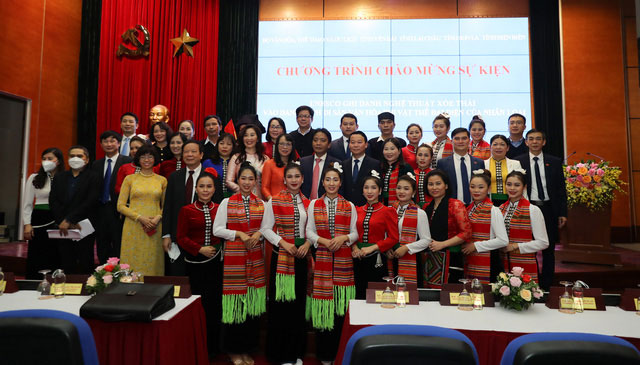Deputy Minister Hoang Dao Cuong led the delegation of the Ministry of Culture, Sports and Tourism to attend the 16th session of the Intergovernmental Committee of the 2003 Convention on the Protection of Intangible Cultural Heritage of UNESCO in Paris, Republic of Vietnam. France in the form of online from December 13-18, 2021. Attending the meeting were Ms. Le Thi Thu Hien, Director of the Department of Cultural Heritage, representatives of the Department of International Cooperation, representatives of relevant units of the Ministry of Culture, Sports and Tourism and representatives of the provinces. Dien Bien, Lai Chau, Son La and Yen Bai.
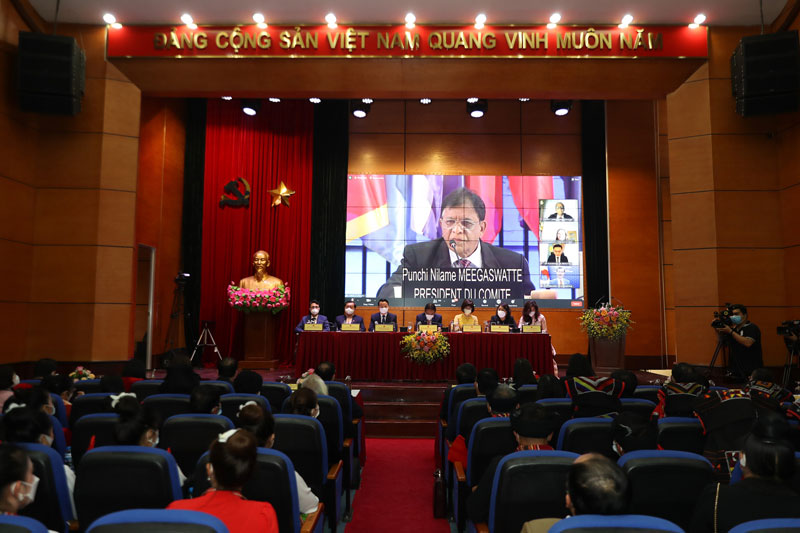
At this meeting, the Committee considered and appraised: 48 dossiers of registration on the Representative List of Intangible Cultural Heritage of Humanity, 06 dossiers of registration on the List of Intangible Cultural Heritage of Intangible Cultural Heritage of Humanity. in urgent need of protection, 05 proposals for registration on the list of Good Practices for Intangible Cultural Heritage.
At 11:11 a.m. Paris time (17:11 a.m. Vietnam time) on December 15, 2021, Vietnam’s Xoe Thai art heritage was officially inscribed by UNESCO in the List of Great Intangible Cultural Heritage of aspect of humanity.
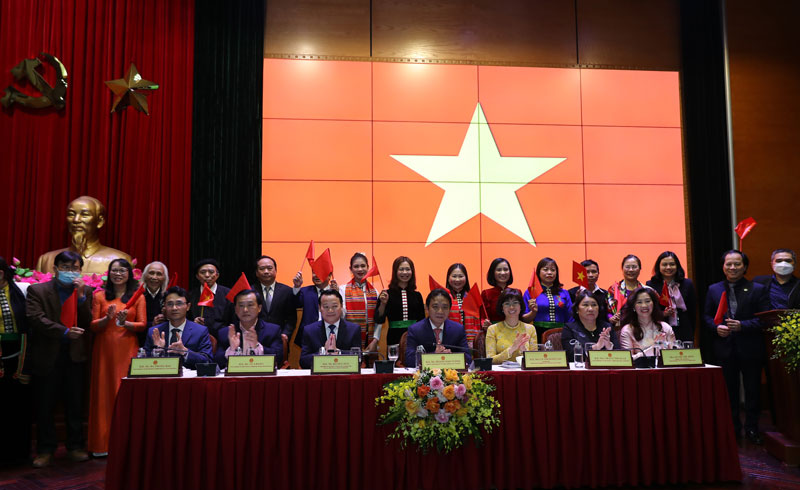
At the meeting, on behalf of the Ministry of Culture, Sports and Tourism and the community to practice Xoe Thai Art, Deputy Minister of Culture, Sports and Tourism Hoang Dao Cuong and Secretary of the Provincial Party Committee of Yen Bai Province Do Duc Duy , representatives of the community and authorities at all levels responded and pledged to take necessary measures to protect the values of Xoe Thai Art, thanking the Appraisal Council, members of the Committee. The Intergovernmental, Secretariat has worked diligently to inscribe this legacy of Vietnam. In his thank-you speech, Deputy Minister Hoang Dao Cuong emphasized “We have organized many activities to protect and promote the value of heritage such as: identification, research, documentation, development of conservation measures. heritage protection in the community. The President has bestowed the State honorary title on artisans practicing heritage.
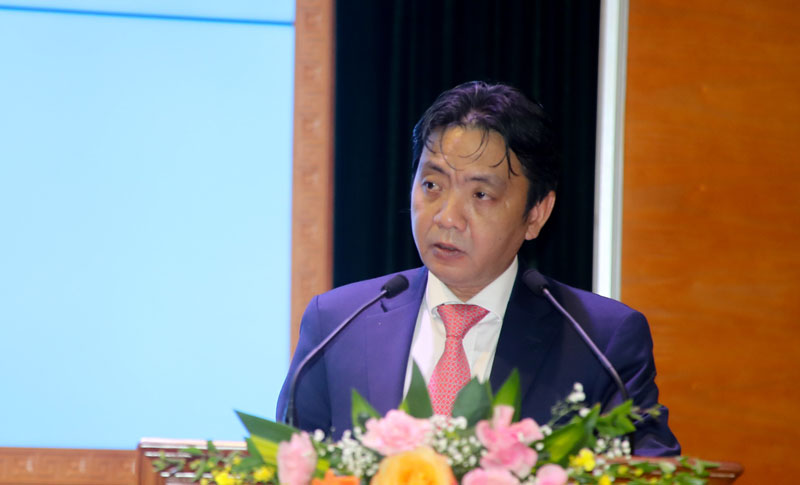
In the afternoon of the same day, the Ministry of Culture, Sports and Tourism coordinated with Yen Bai, Dien Bien, Lai Chau and Son La provinces to hold a Ceremony to celebrate Unesco’s event of registering Xoe Thai art in the List of Cultural Heritage. Representative of humanity at the headquarters of the Ministry of Culture, Sports and Tourism with many press information activities, interviews with Deputy Minister Hoang Dao Cuong, Secretary of the Provincial Party Committee of Yen Bai Province Do Duc Duy, Deputy Chairwoman of Yen Bai Provincial People’s Committee Vu Thi Hien Hanh, Vice Chairman of Dien Bien Provincial People’s Committee Vu A Bang, Vice Chairman of Lai Chau Provincial People’s Committee Ha Trong Hai, Vice Chairman of Provincial People’s Committee Son La Trang Thi Xuan, speech by outstanding artist Lo Van Lanh, exhibition of Xoe Thai artwork, 06 dance performances of ancient Xoe Thai and dance exchange program with guests. Attending the event were the presence of Deputy Minister of Culture, Sports and Tourism Ta Quang Dong, Doan Van Viet, Ms. Hoang Thi Hanh, Deputy Minister, Vice Chairman of the Committee for Ethnic Minority Affairs, Ambassador Le Thi Hong Van , Head of the permanent Vietnamese delegation next to Unesco and representatives of units under the Ministry of Culture, Sports and Tourism, and press and media agencies.
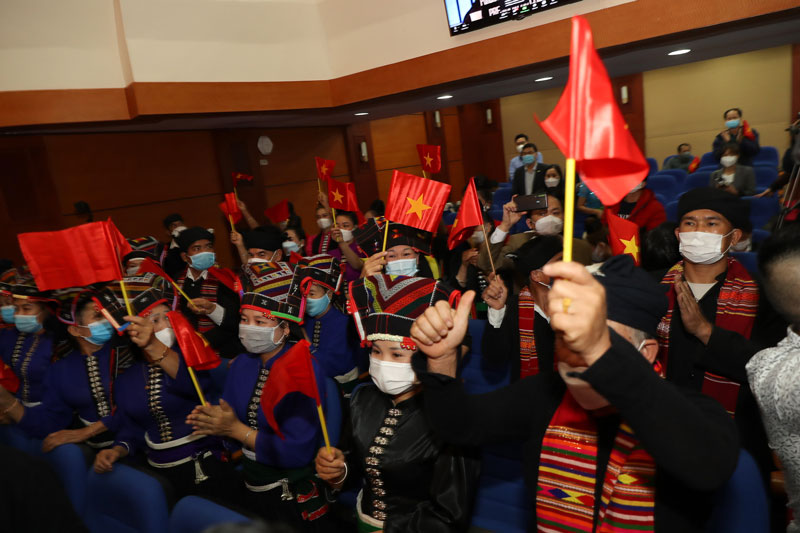
Xoe is a type of Vietnamese dance with symbolic movements for human activities and practiced in rituals, culture, life, and work. Xoe is performed in children’s ceremonies, weddings, traditional village festivals and community activities. There are three types of Xo: Ceremonial Xo, Xo Xo and Performance Xo. Ceremonial Xo and Performance Xo are named after the props used, such as Xo Xo, Xo Xo, Xo Xoi, Xo Xo, Xo Xo, Xo Xoi, Xo Xoi, Xoi Xoi and Xoi Xo. The most popular one is a performance in which the Xo people form a circle in harmony with everyone. The basic dance movements of Xoe are raising hands up, opening, lowering, holding hands of people next to them with rhythmic steps. The person is slightly puffed up, the back is tilted back. Although the dance moves are simple, they represent the community’s aspirations for health and harmony. The dance moves are flexible and harmonize with the music of musical instruments such as calculating pipe, trumpet, trumpet, drum, gong, cymbals, pi pep, bang bu, mak hinh. Instruments along with songs, costumes, and sounds come from the silver jewelry worn around the belt of Thai women. Xoe is passed down from generation to generation in families, art teams, and schools. Xoe became a symbol of hospitality and as an important cultural mark of the Thai people in Northwest Vietnam.
Xoe Thai art symbolizes beauty, containing the artistic values of dance, music, singing, costumes, cuisine and more importantly, the cultural behavior of the Thai community. Today, Xoe art has become a symbol of openness and hospitality, a mark of ethnic culture, and cultural identity of the Thai people in the Northwest region of Vietnam.
UNESCO’s registration of Vietnam’s Xoe Thai Art in the Representative List of Intangible Cultural Heritage of Humanity affirms the rich cultural identity of the Vietnamese nation, community cohesion, and respect for cultural diversity, encouraging dialogue between different individuals, communities and peoples for tolerance, love and charity in accordance with the principles and objectives of the 2003 Convention on the Protection of Heritage UNESCO intangible culture. Vietnam’s Xoe Thai art shows solidarity among ethnic groups, respecting the ethnic worldview according to UNESCO’s goals; helps to raise awareness of the importance of the heritage of ethnic communities not only in Vietnam, but also in many countries around the world.
